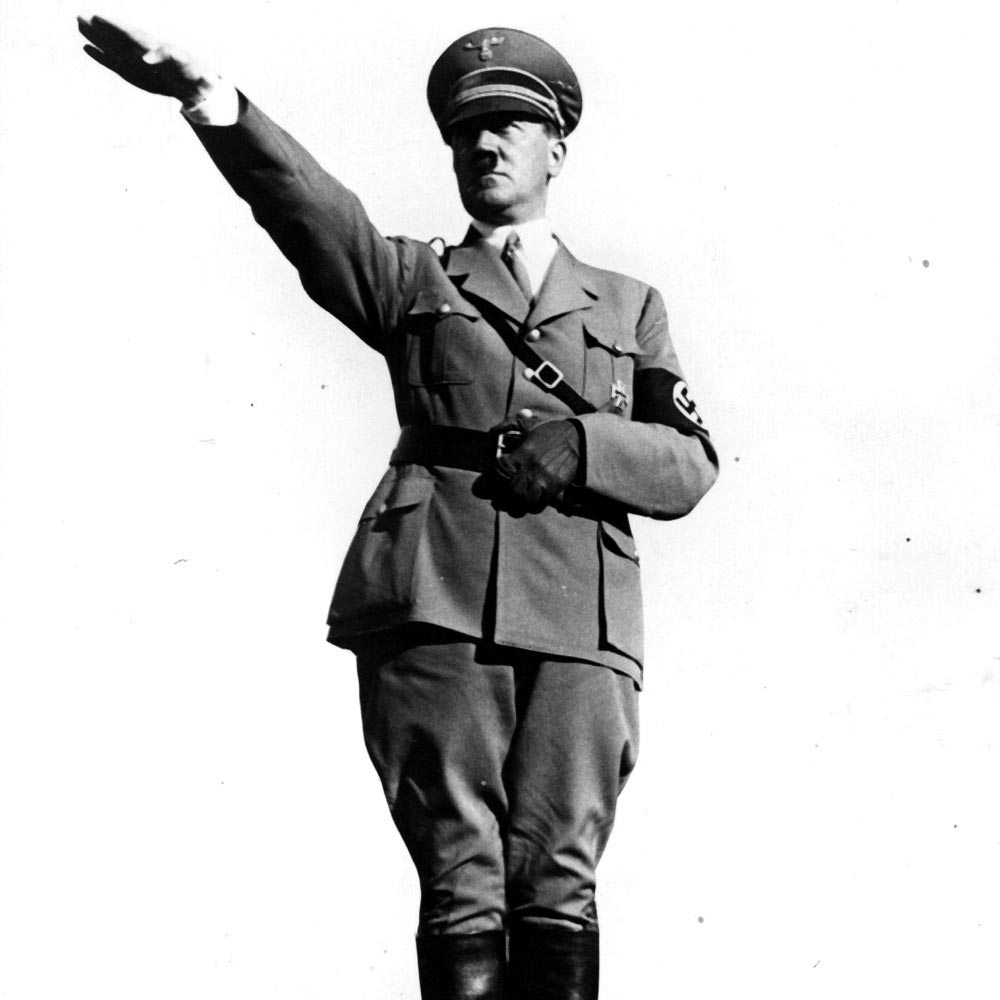

However, this means that individuals who make a Nazi salute or fly a Nazi flag with genuine hateful intentions can easily argue their behaviour is also a form of satire, allowing them to avoid sanction, provoke, troll and confuse the discourse. (Though Brooks received considerable criticism from fellow Jews that the song Springtime for Hitler was not only in bad taste but dangerous.) These artistic and satirical expressions use hateful symbols and gestures but, for the most part, society deems them acceptable because it is understood it is not a form of vilification. The Larry David Show had a running gag about various hateful symbols – the swastika as a fashion trend, the red Trump hat as a people repellent and the etiquette of dry-cleaning a Klansman’s robe. If we apply the same rationale behind the calls to ban Nazi symbols then we should apply it to expressions of all violent extremist movements.Īnd even if bans on gestures were implemented, would they work? The Nazi salute has been used in satire across the decades, from Charlie Chaplin’s The Great Dictator to Mel Brooks’ classic The Producers. White supremacists neo-Nazis have done this most recently with the “OK” hand gesture.Īre we going to ban the OK sign too? If extremists can constantly change their semiotics, then bans become whack-a-mole.Īnd if we ban the swastika, why haven’t we banned the ISIS flag? It also symbolises a hateful ideology that led to the attempted genocide of minority communities, in this case Yazidis and Christians. Extremist groups understand this all too well and will often use signs and gestures that also have an anodyne or double meaning to troll efforts to counter their expression. The salute on parliament’s front steps was the group proving it could circumvent the flag ban and still convey their hateful ideology.Īny symbol or gesture can be turned into one of hate. Did that end up reducing public displays of Nazism? In fact, it did the opposite. In December, Victoria passed legislation criminalising the public display of the Nazi swastika, or Hakenkreuz. Banning symbols and salutes provides them with more opportunities for provocation and propaganda. And if there’s anything that these neo-Nazi groups want, it’s a reaction. The recent proposals by Victoria’s Labor state government and the federal Coalition to ban the Nazi salute are reactive rather than substantive.

Clearly, banning symbols and salutes is not addressing the problem. The German security services are themselves grappling with a significant insider threat from neo-Nazis. In December, German security forces arrested more than two dozen people for an expansive plot to overthrow the state. In fact, right-wing extremism has been on the rise in Germany, reaching a two-decade high in 2021. They have been banned since the 1950s, but Germany retains a serious problem with neo-Nazis. The Nazi salute and the declaration of “Heil Hitler” are also banned in public spaces. Germany has longstanding laws that ban “symbols of anti-constitutional organisations” including the swastika and SS insignias. It may seem like a powerful statement, but it’s actually just an opposing symbolic gesture that does not address the intention behind the use of hateful symbols. We should demonstrate solidarity with those targeted by extremists, but we must also consider whether these bans would even be effective as well as the broader consequences. This is not an easy argument to make after the confronting displays on the steps of Victorian state parliament last week. Banning the Nazi salute will not do anything to decrease anti-Semitism, the hateful targeting of LGBTQ communities or counter right-wing and fascist extremists.


 0 kommentar(er)
0 kommentar(er)
